Nice and the Côte d’Azur are the Miami, and Florida, of France, and much of the rest of Europe and especially the UK and Russia. The fifth largest city in France, Nice is a huge vacation draw in itself and its airport is the arrival point for those traveling to fabled Côte d’Azur destinations such as Monaco, Cannes, St. Tropez and Antibes. Nice looks like Paris painted in pastel sherbet tones, due to the Italian influence that comes from being just a half-hour by car or train from the Italian border, and in fact the region was a part of Italy until 1860 when they voted to join France.
Index (click on photos to enlarge)
Nice
St-Paul-de-Vence
Monaco
Towns on the Côte d’Azur
The Marc Chagall Museum
Quirky special favorites – Les insolites coups de cœur
Nice waterfront
The wide, glorious Promenade des Anglais (“English Promenade”, 2-6), was first built by the English in the 1820s, when Nice was already a popular vacation destination for the English – less so for the French, who weren’t especially interested in seaside leisure – but there was no paved road or sidewalk along the water, so strolling was a messy affair. Queen Victoria was fond of the Côte d’Azur and her eight visits triggered a flood of British vacationers and homebuyers which hasn’t diminished since. Nice’s port (8) is not where the cream of the global tax-evading elite park their yachts – they prefer Cannes.
Streets of Nice
In the last photo I wanted to show a ordinary non-historic street in an area outside of the historic center.
Belle Epoque Nice
Nice has an extraorindary amount of builidngs with the elaborate wedding-cake ornamentation popular in the late nineteenth century.
Art Deco Nice
Postwar Nice
Nice has a lot of good buildings from the 1950s that aren’t spectacular but have fairly harmonious proportions and a bit of elegant simplicity.
Another example is the building where we stayed which I’m pretty sure has the original metalwork on the balconies and door fittings. It probably looks nicer when the metal shutters aren’t closed as they are here to block the blazing sun.
Everything went to the dogs starting the 1970s as it did everywhere else. Left is a hospital from the 1980s. You could argue the library administration building on the right from the 2000s is more gimmicky than truly ugly, but it violates a cardinal, unforgiveable rule of good buildings: you can’t tell how big it is because it lacks scale. It could be a 15-foot-tall sculpture or a 15-story building (it’s 4 or 5 stories).
Italian Nice
Much of Nice looks like Italy. Also see the Old Town below. I would say nearly every building from before World War II has these two-way hinged shutters.
Place Massena
The town square which used to be filled with parking lots until they pedestrianized the whole thing in 2007 and installed seven sculptures of people serenely, meditatively sitting on pedestals, representing the seven continents.
The old town
The historic center from the 17th and 18th centuries with narrow streets and baroque churches.
St-Paul-de-Vence
Said to be the most-visited village in France, St-Paul-de-Vence (pop. 3,200) has the same area as an average shopping mall or large cruise ship (capacity 7,000 passengers). It’s an utterly gorgeous cluster of immaculately restored 300-plus-year-old stone houses, largely filled with art galleries for the tourists who probably provide the town’s sole source of revenue. One guidebook notes that “it can feel like an overrun and over-restored artists’ shopping mall”. Before the cruise-ship era, Picasso, Miro, Braque and Chagall and countless other artists who spent much time in the region either lived in or frequented the village. More recently, James Baldwin lived the last seventeen years of his life there; reportedly Gilda Radner and Gene Wilder were married there; the bassist for the Rolling Stones, Bill Wyman, has a house there.
We mainly went because it was on the way to a nearby art museum called the Fondation Maeght which was our actual destination. There are many other such villages that look similar and are very much in demand for expensive vacation houses, but are somewhat off the beaten path, less pristinely restored, and have fewer tourists than St-Paul-de-Vence.
Monaco
Monaco is a tiny separate country 20 minutes from Nice that is smaller than Central Park in New York and where the average net worth of adults has be estimated to be $1 million. Most of it looks like a new high-rise district in Hong Kong or any American city (1) with some slightly fancier spots (2), apart from a few grand Belle Epoque buildings such as a couple hotels (3) and the famous Casino de Monte Carlo (4) built in 1865 to designs by Charles Garnier, the architect of the Paris Opera; and the Disneyland-perfect old town (5,6) which is small enough that it would take a mere twenty minutes to walk up and down every one of its streets. (Monte Carlo, to clear up any confusion, is the name of the casino and the neighborhood where it’s located. Monaco is the country. The Grace Kelly connection is that she married the Prince of Monaco and died in 1982 when the car she was driving fell off one of the area’s steep cliffs. Her teenage daughter survived.)
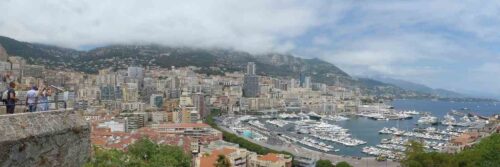
Towns on the Côte d’Azur
A couple views of other parts of the Côte d’Azur, which we didn’t really explore but saw a few glimpses. Typical landscape with vacation homes (1); the less glamorous parts of one of the many seaside towns that are wildly popular with ordinary French families who don’t own a villa in the hills with swimming pool (2,3).
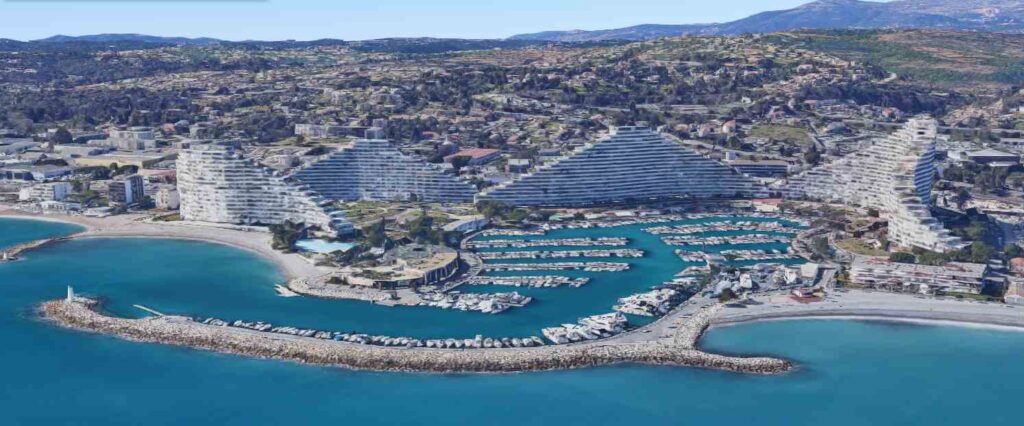
The Marc Chagall Museum
Chagall spent much time in the area and lived and is buried in St-Paul-de-Vence, and Nice has a Marc Chagall Museum. An exhibition displayed his prints for lavish super-oversized editions of the Bible and literature and designs for the famous stained-glass windows of a synagogue in Jersualem. The porcelain with Chagall motifs for sale in the shop was actually quite nice.
Les insolites coups de cœur – quirky special favorites
Insolite and coup de cœur are two untranslatable and I believe somewhat overused words that respectively mean “delightfully quirky and unsual”; and “special favorite” (or “a delightful thing you’ll fall in love with”). You wouldn’t normally use them together like I did – that was a joke. The French seem to love them so much it wouldn’t surprise me if the website of the tax authorities reads “Come discover our coups de cœur for calculating your insolite mortgage interest tax deduction! ”
1 – The only disappointment of the trip was the Museum of Natural History, which has a collection of thousands of plasters models of mushrooms from the 19th century that I was dying to see but only three of them are on display.
2, 3 – Old candy-making shop which is one the few remaining producers of handmade candied fruit, a labor-intensive process that involves boiling fruits in syrups of progressively higher sugar concentration once a day for ten days or so. They are not dried, and keep almost indefinitely. It’s also done with entire plums, small pears, apricots, clementines, figs etc.
4 – The sign on this restroom says says “I pee therefore I am” and is part of a public art project of thoughtful or lighthearted aphorisms posted mostly at tram stops, “to provoke reflection, surprise, smiles, gravity or questioning” according to the Transit Authority, such as “the new is old” or “art is everywhere”; most aren’t silly like this one. Definitely insolite!
5 – The Alps
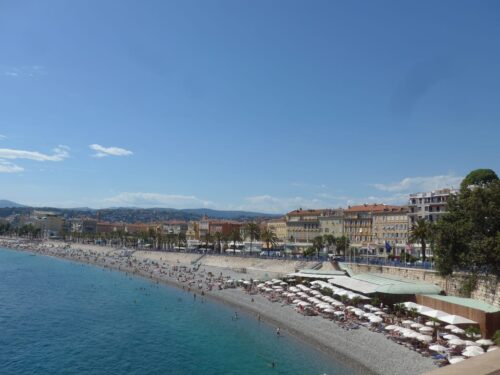

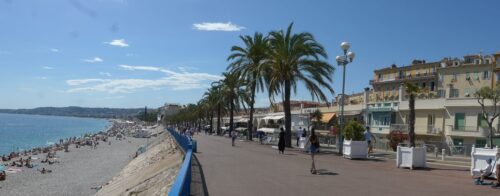
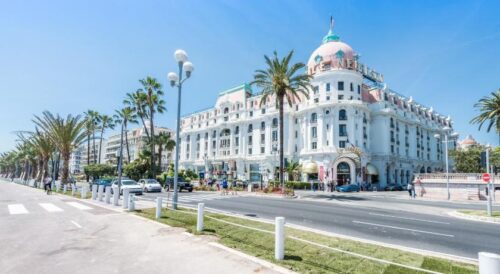
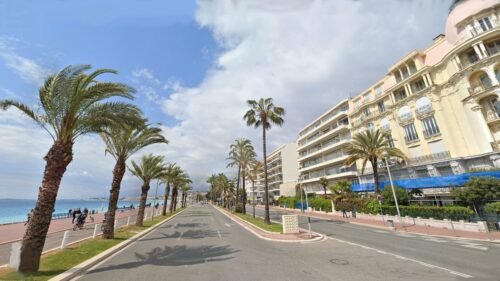
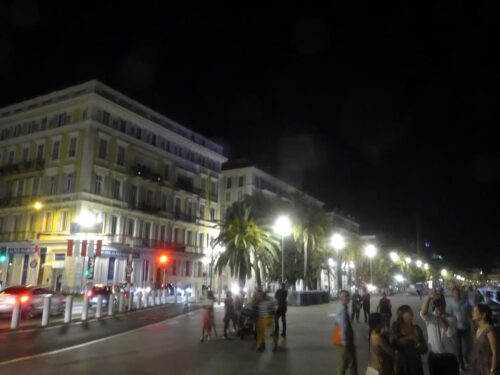

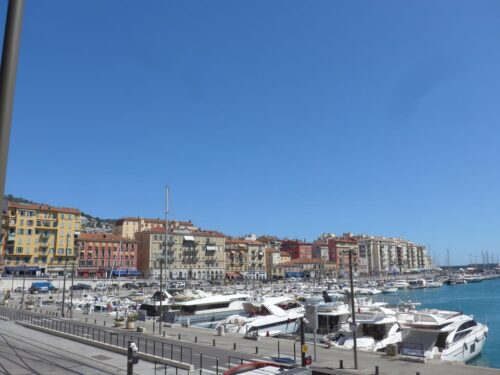
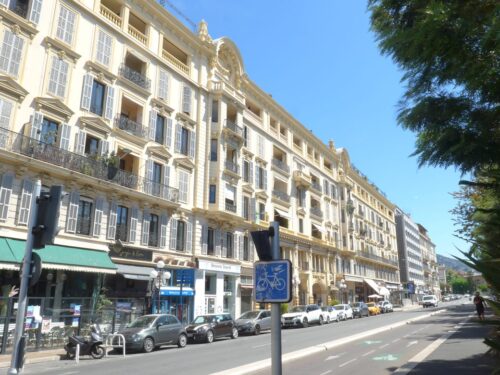
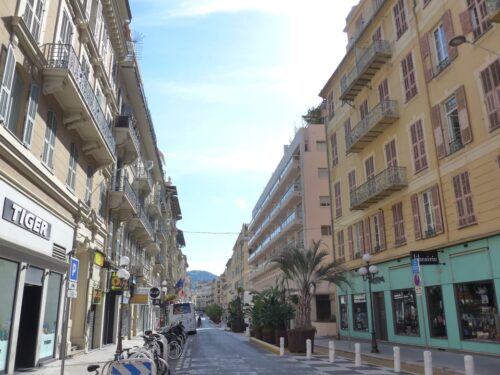
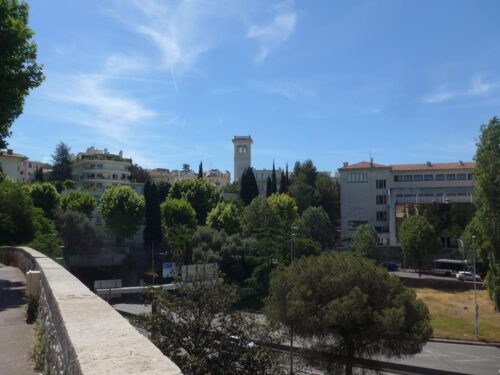
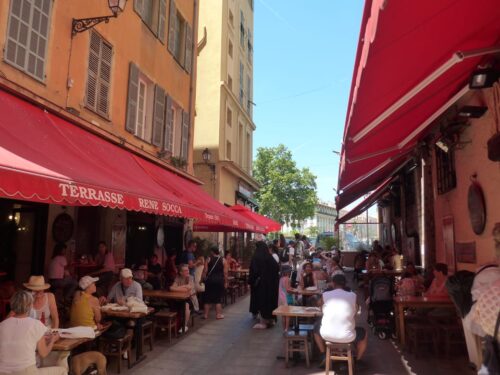
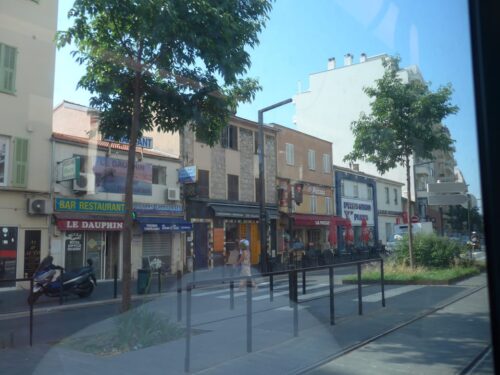
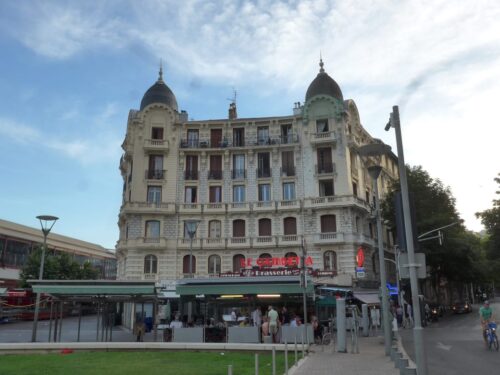
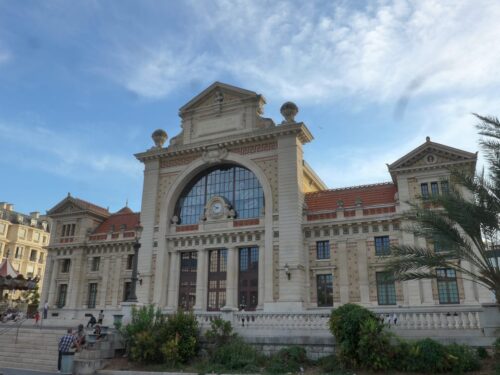
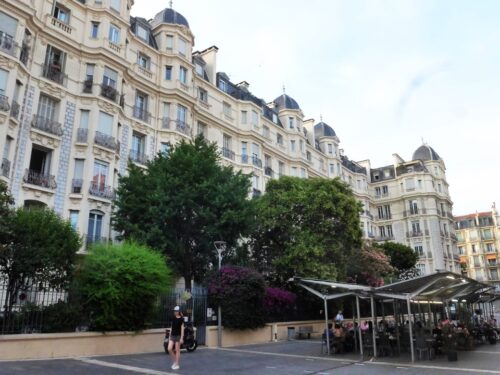
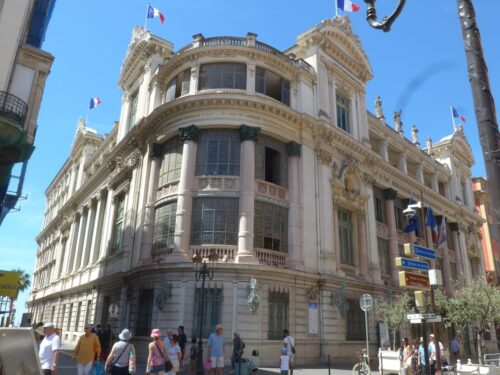
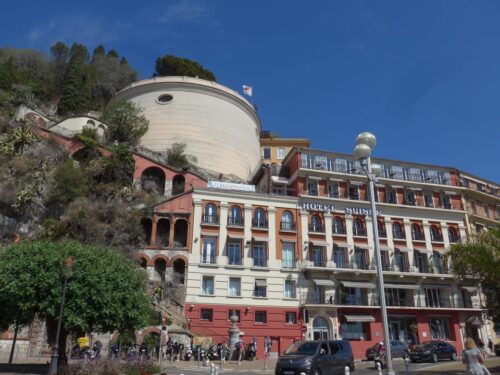
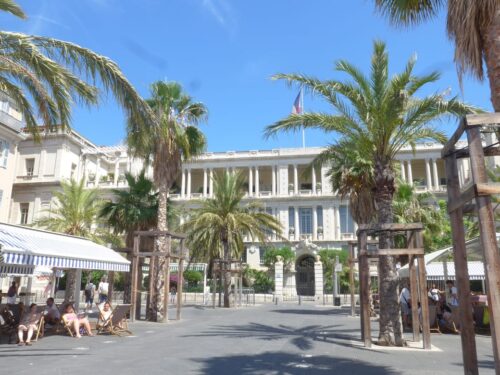
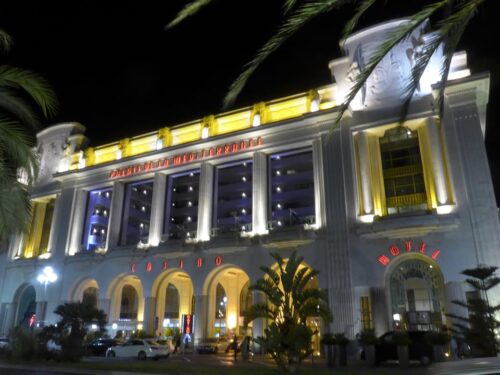
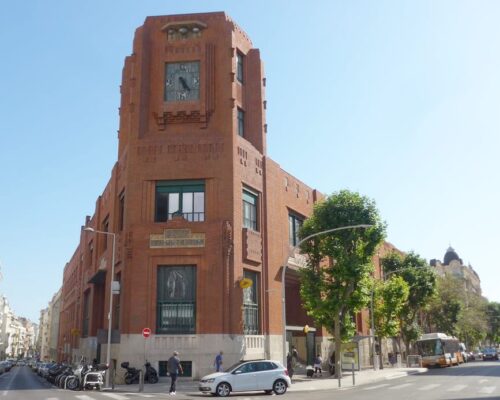
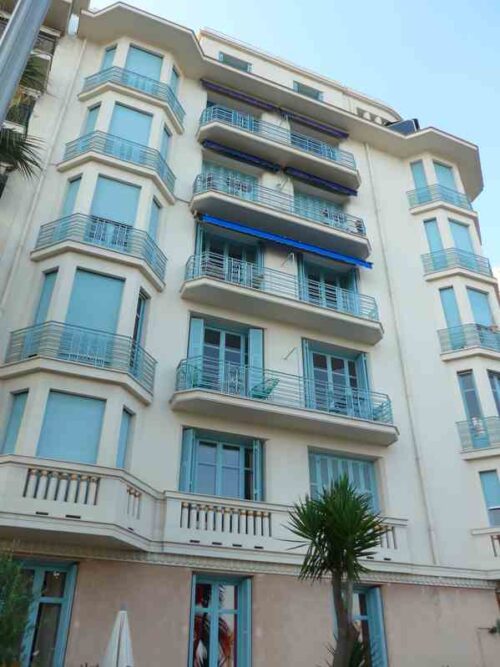
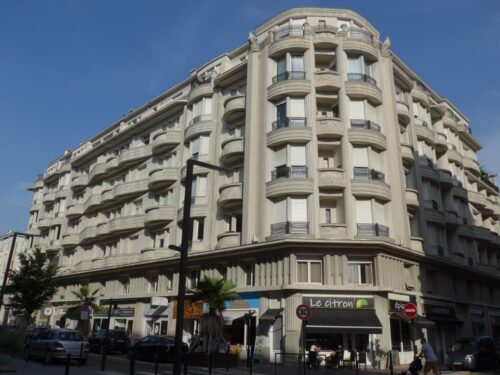
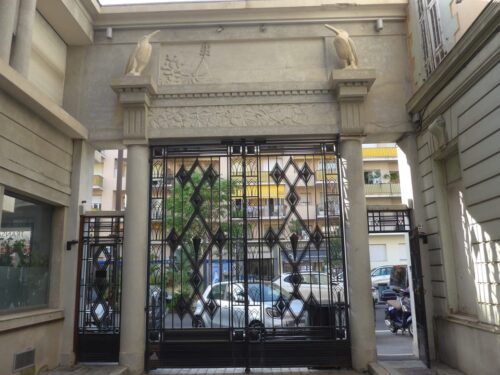
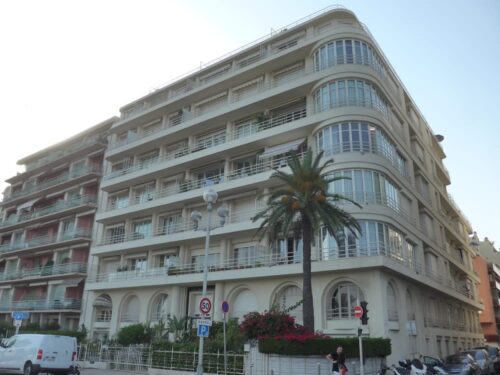

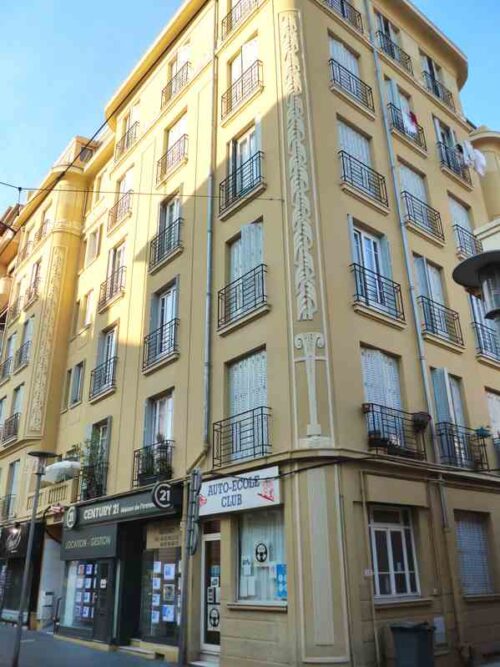
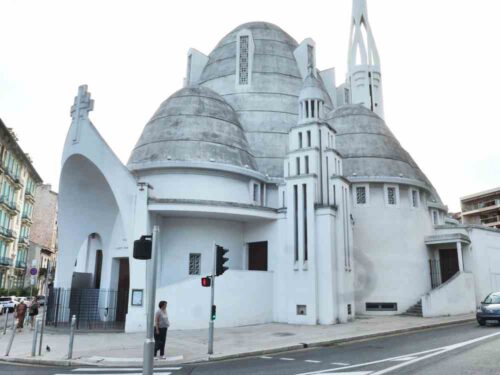
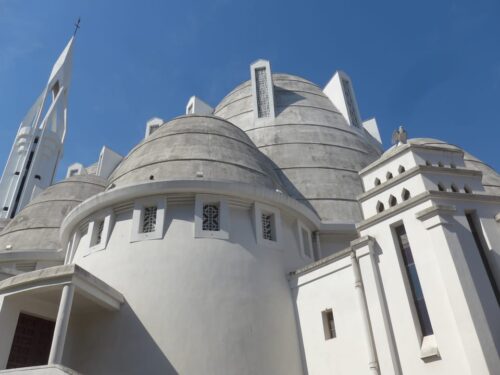
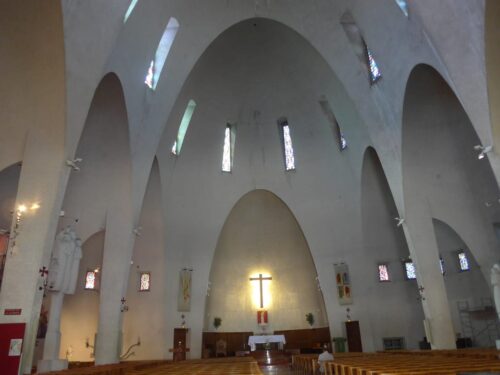
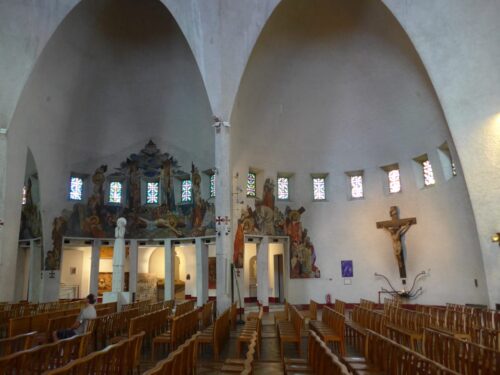
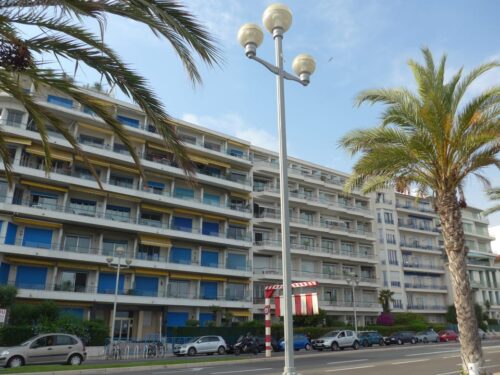
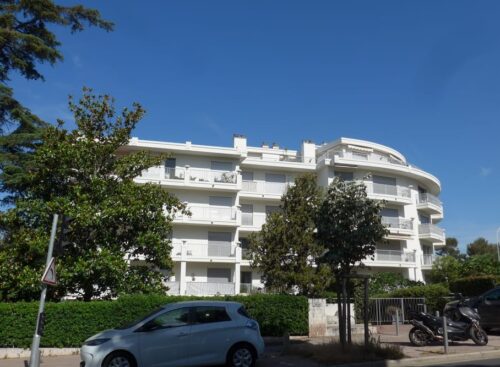
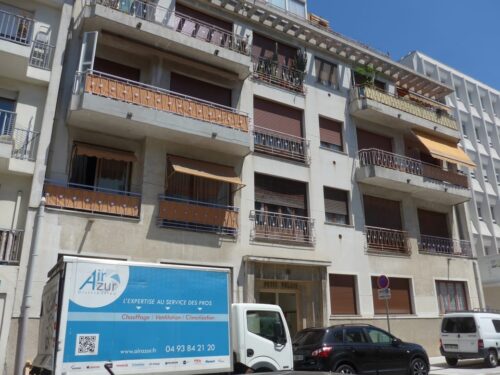
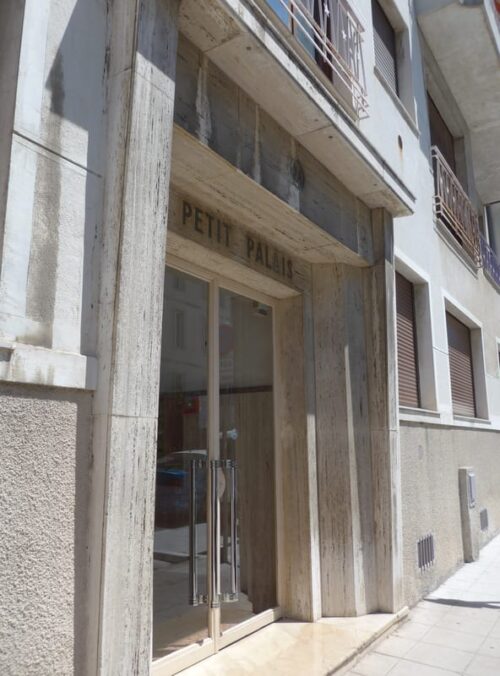
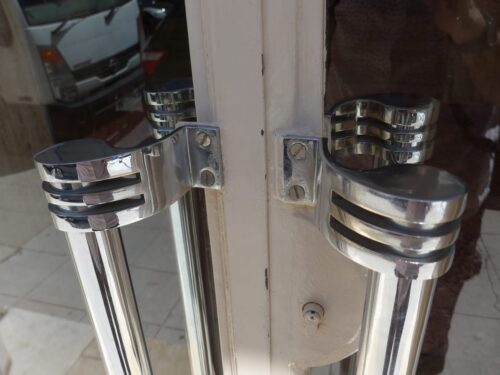
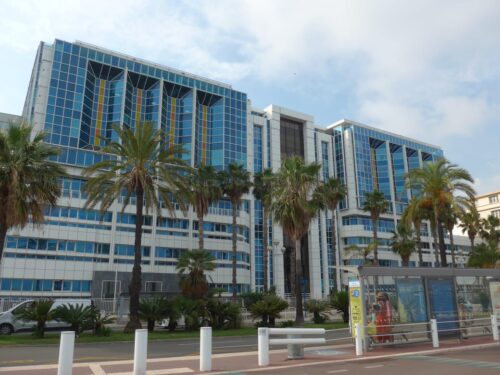
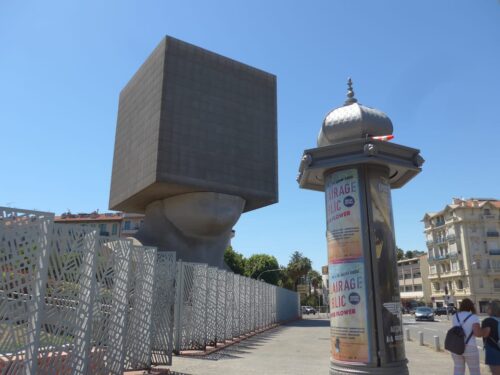
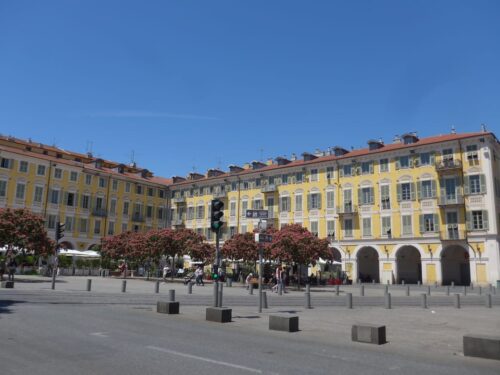
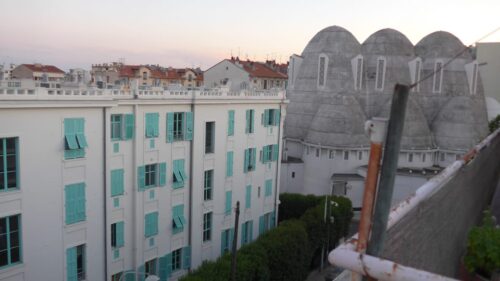
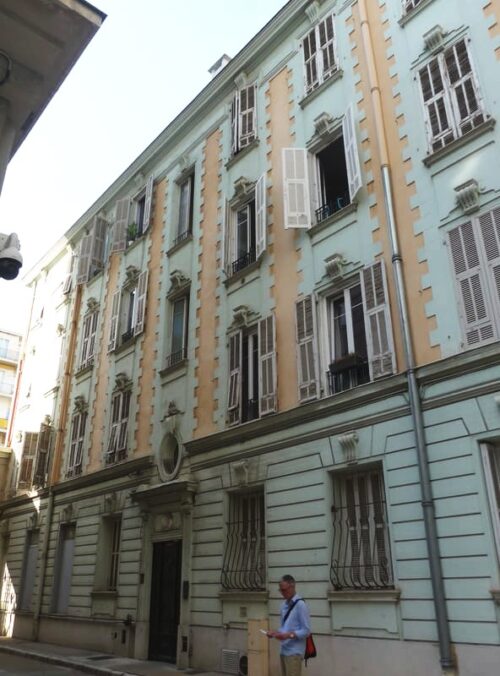
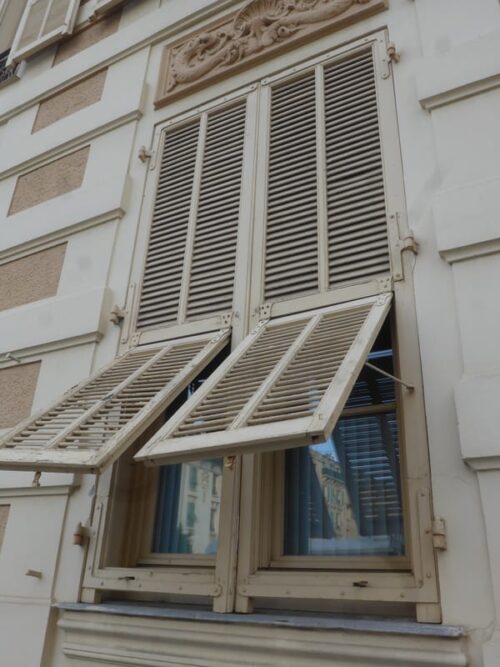
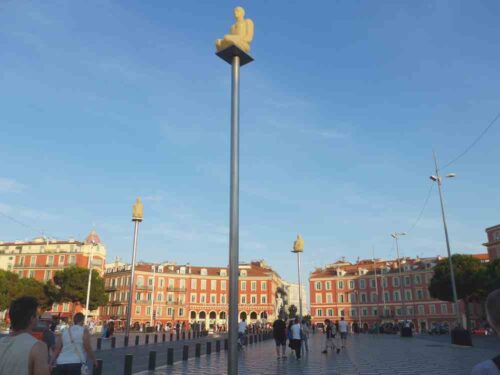
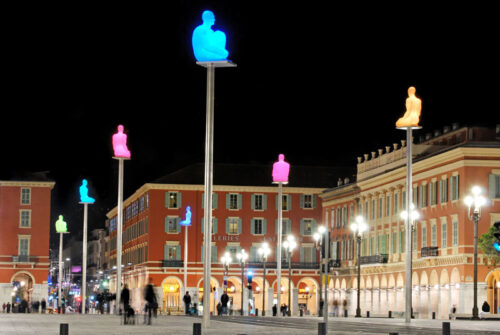
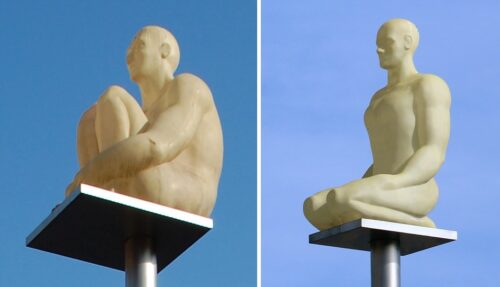
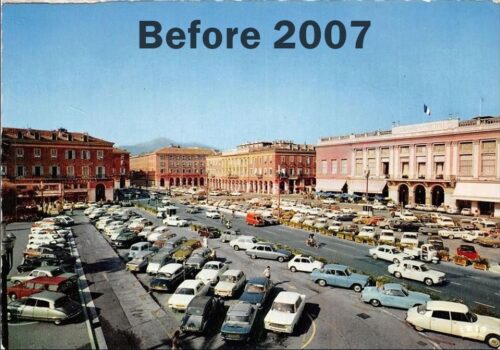
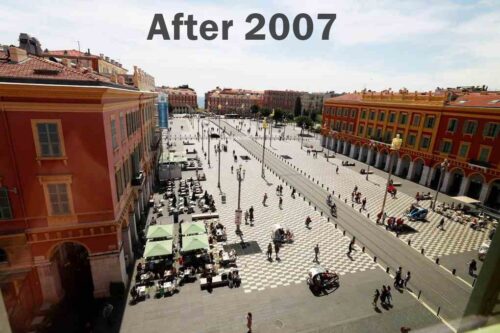
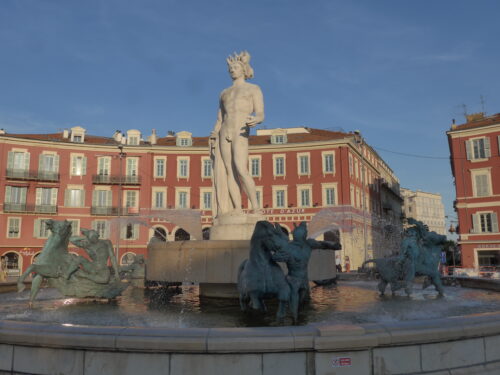
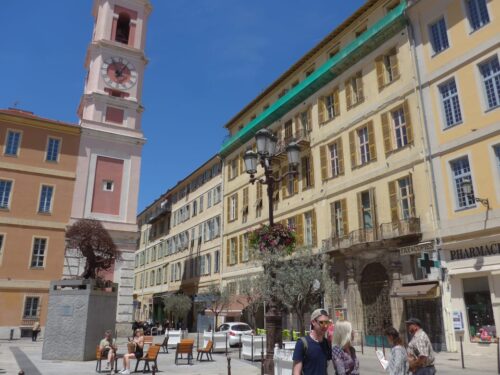
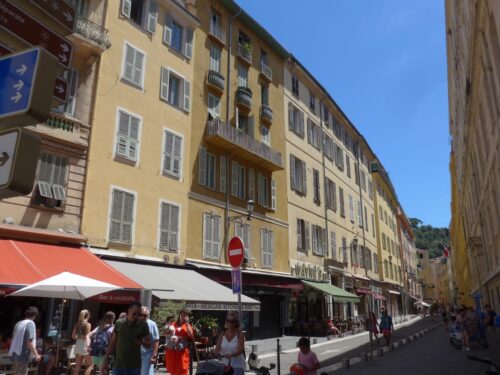
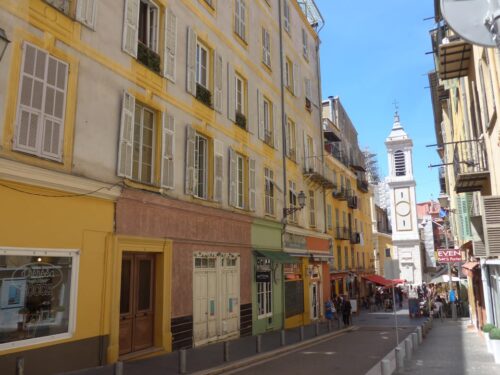
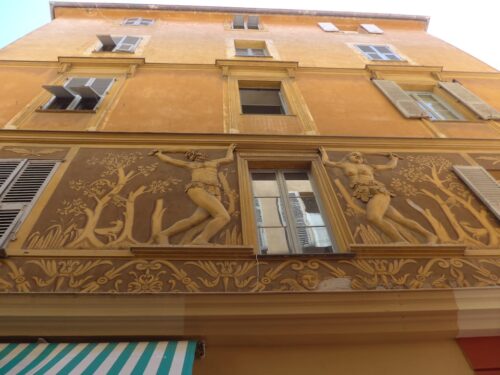
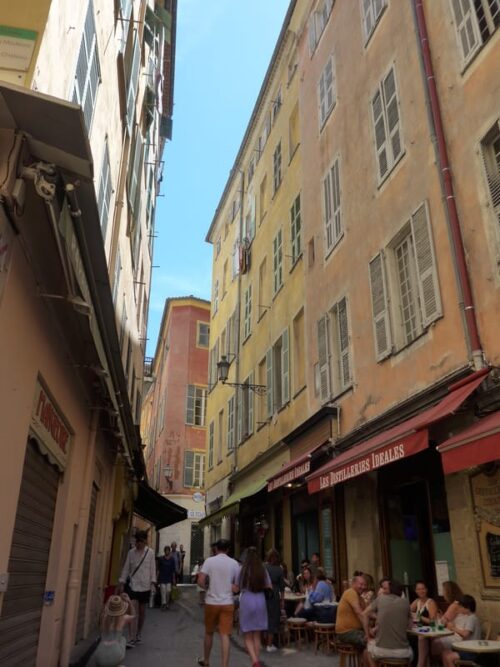
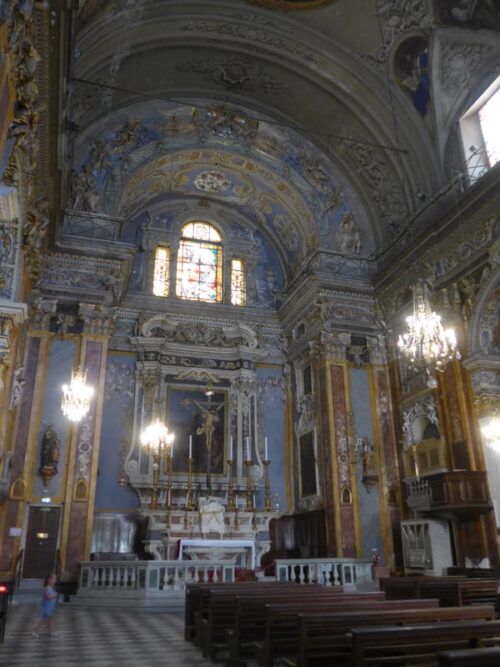
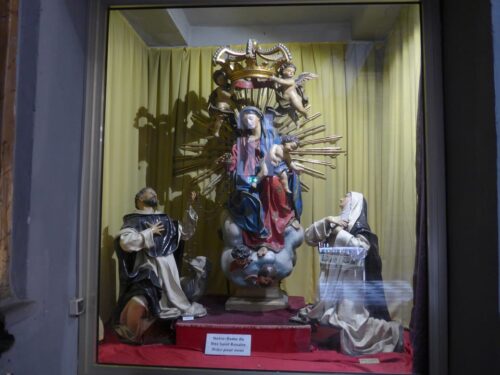
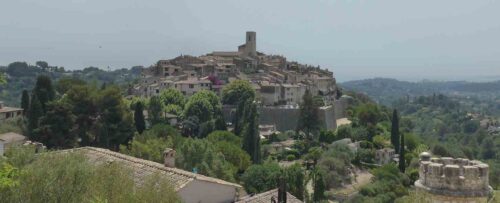
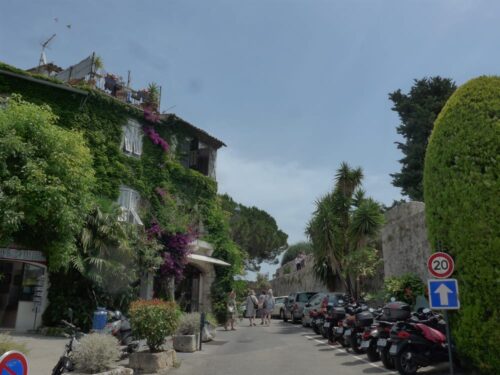
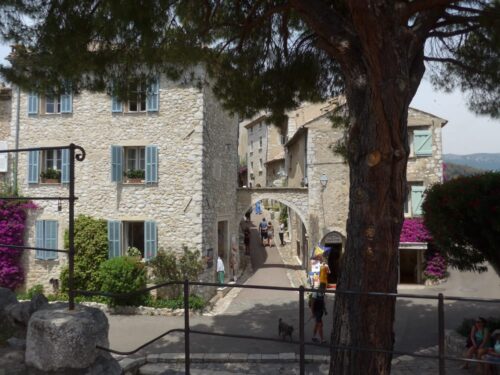
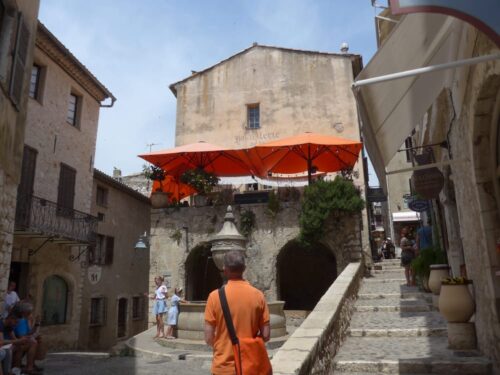
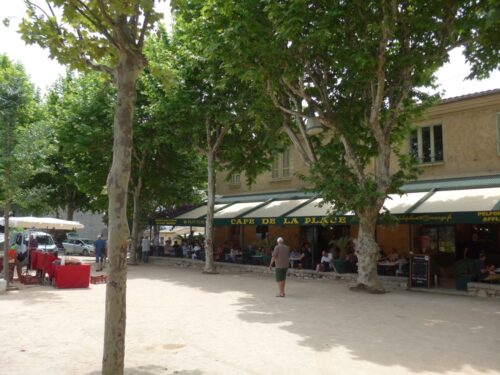
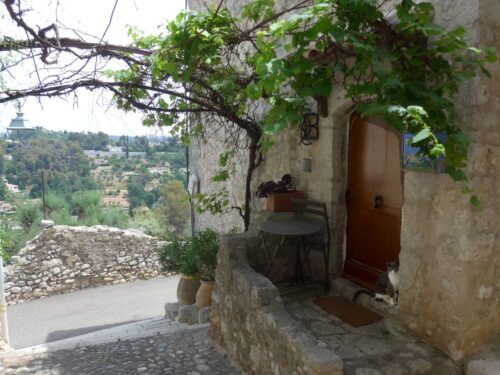
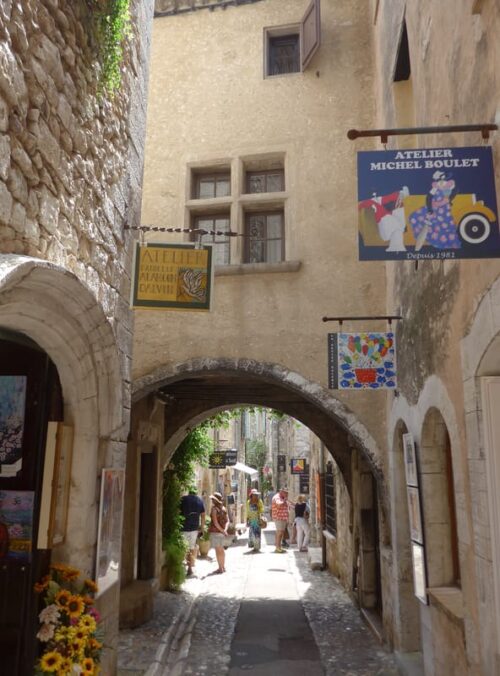
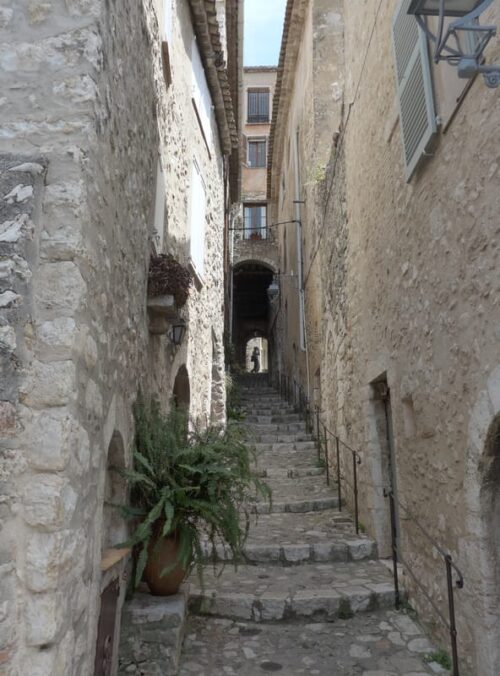
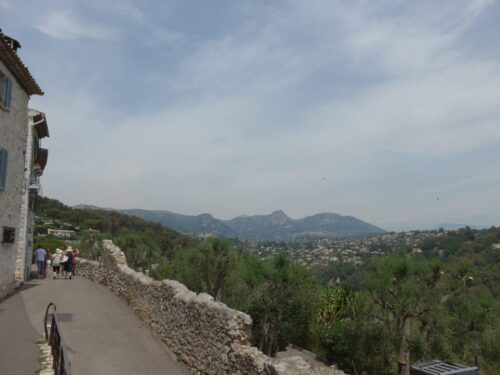
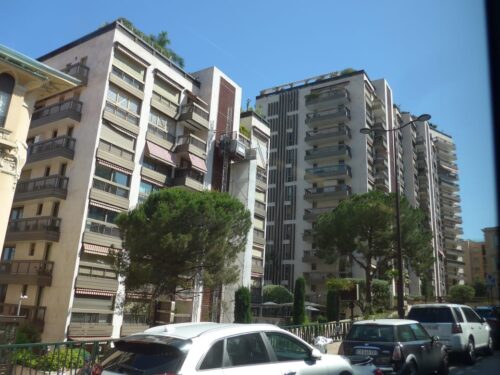
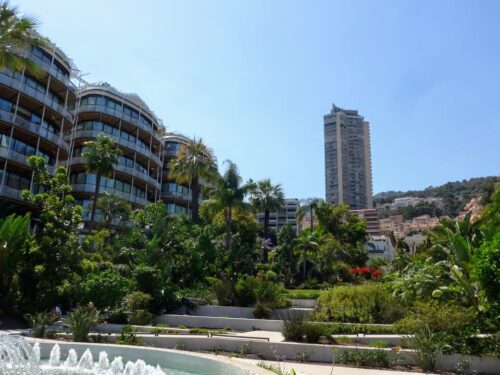
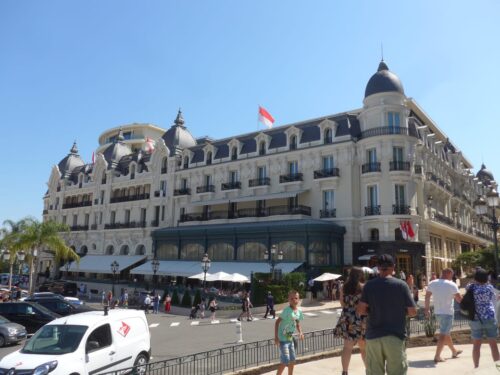
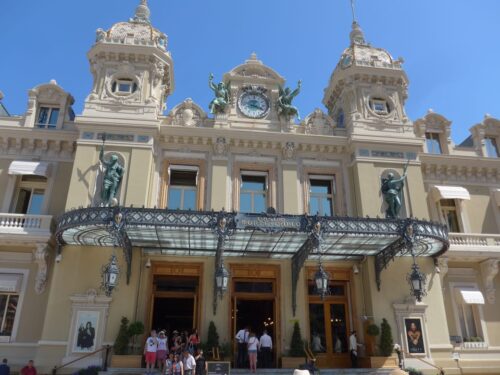
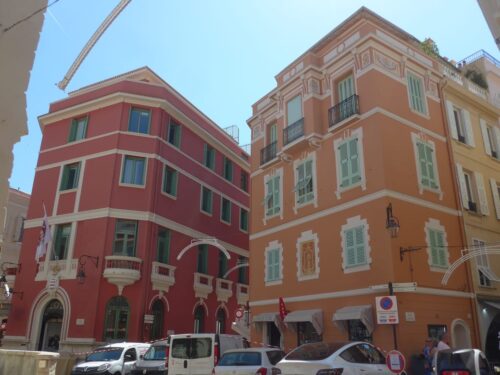
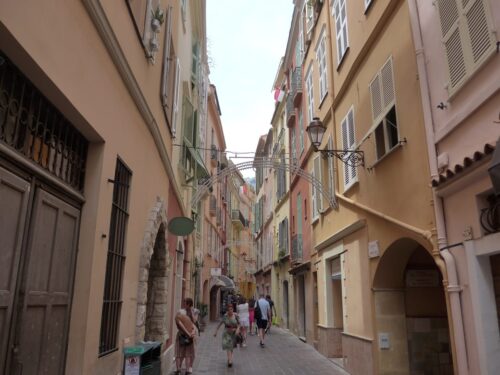
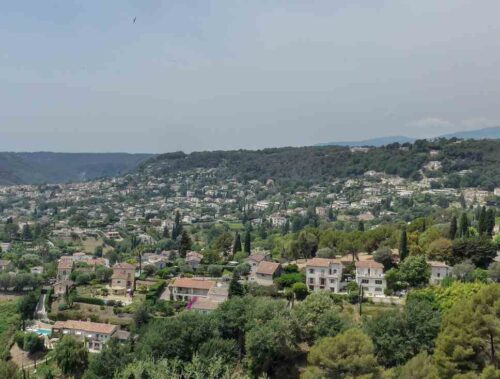
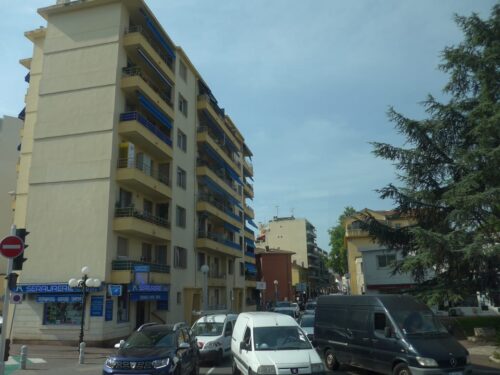
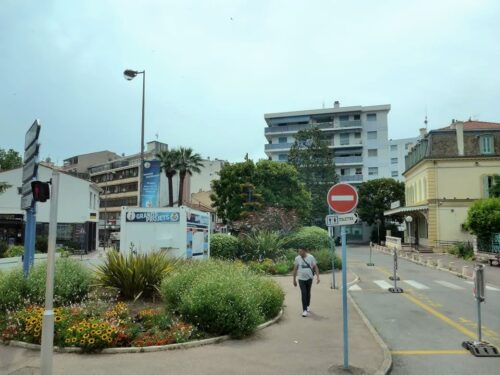
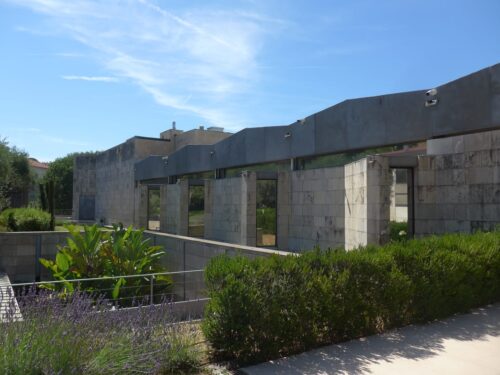
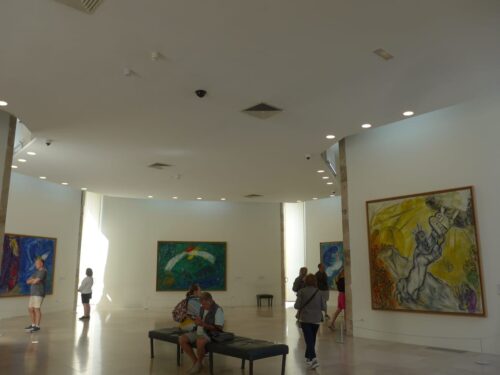
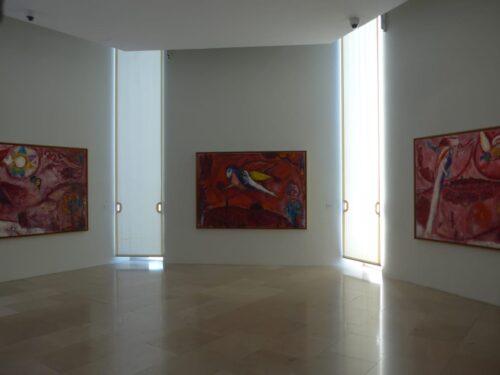
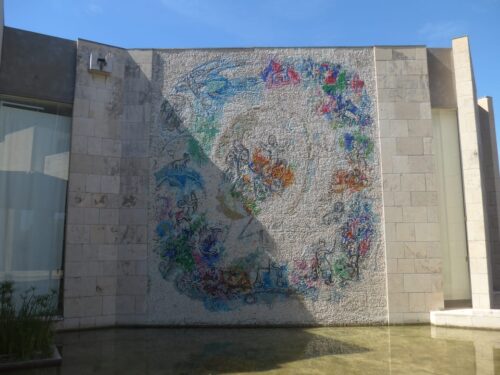
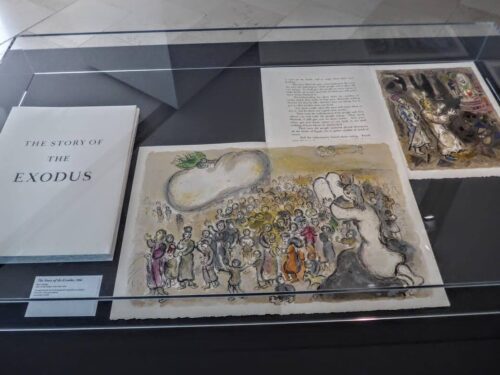
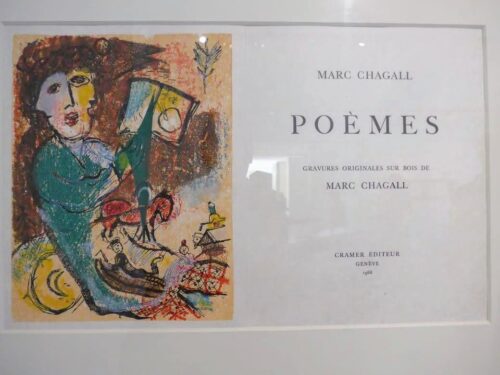

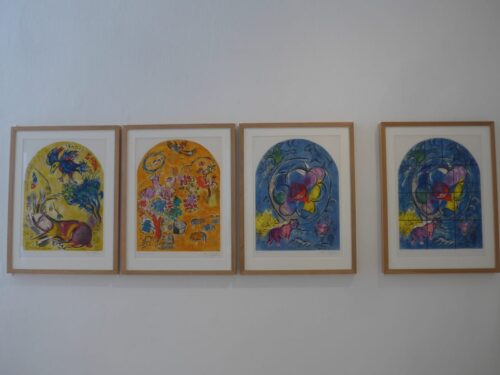
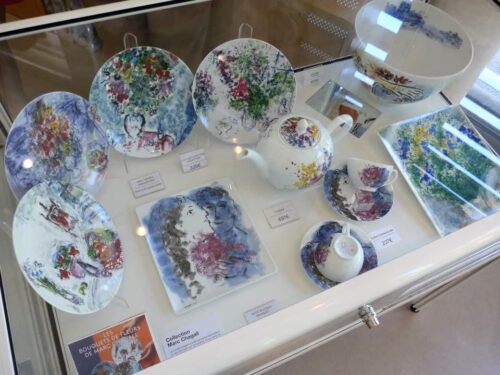
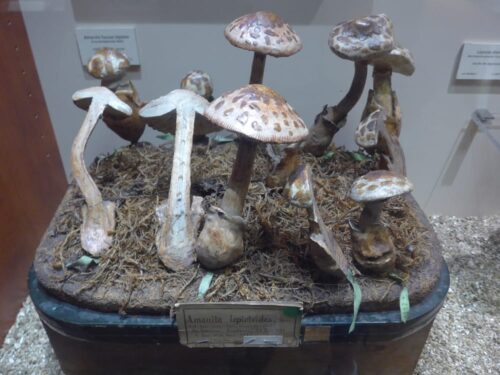
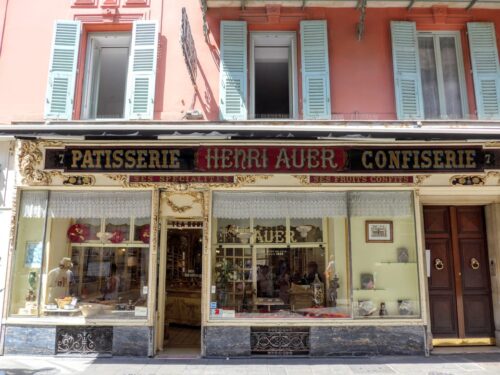
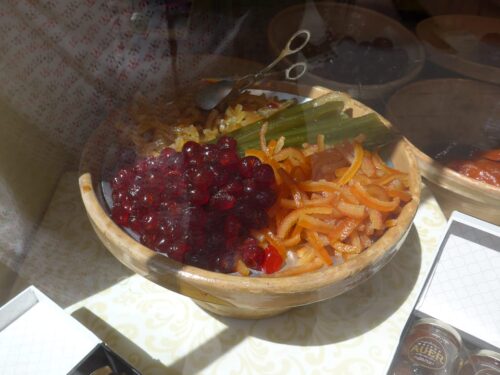
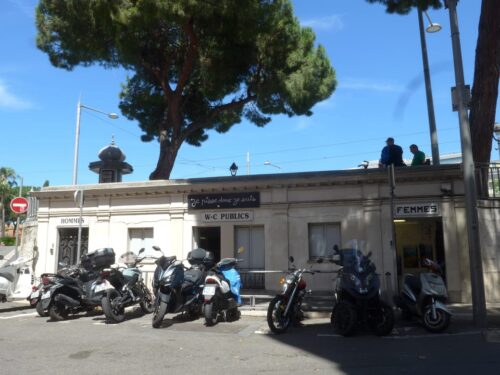

One Reply to “Nice and the Côte d’Azur”